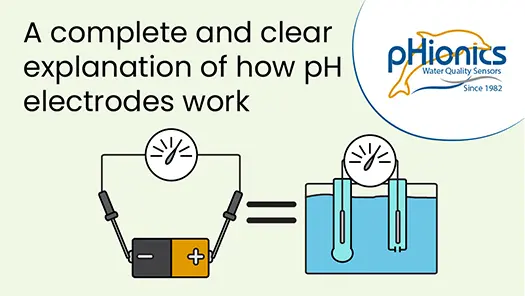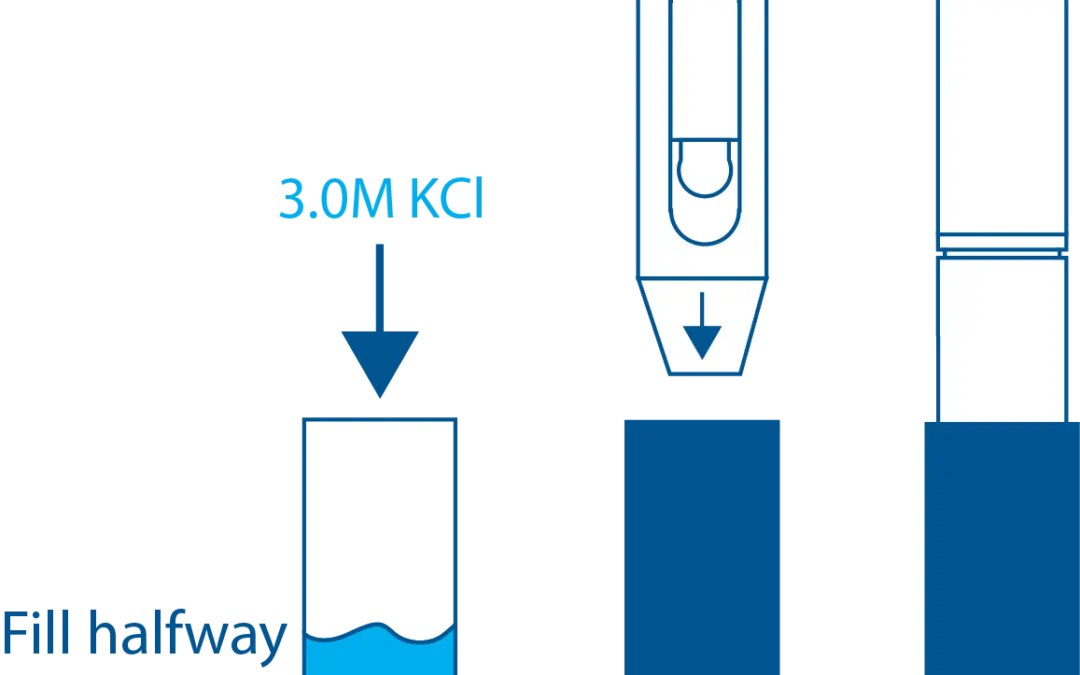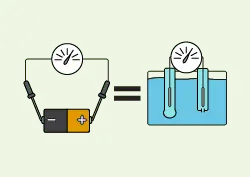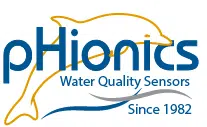Important Components of a Water Quality Cable
Introduction
While water quality sensor specifications are, and should be, the main focus of a buyer when deciding what is best for their application, the cable cannot be overlooked. It plays an important part in transferring the signal to a connected device. A low quality cable makes even the most accurate and expensive sensor look like a cheap, noise-ridden toy. Read on to find out what is inside a pHionics cable to ensure accurate and safe signal transmission so that, whether buying from us or elsewhere, you know what to look for in a good water quality cable.

Cable Jacket
The cable jacket is the outer layer surrounding any cable components. It is designed to be rugged, water-resistant, and chemical-resistant. pHionics uses polyurethane cables because they last extremely long while providing resistance to chemicals in most applications. Click here for more information on the chemical resistance of polyurethane.
Water Blocking Sheath
While the cable jacket is intended to protect cable components, it is never known what will be encountered in the field that may cause damage to the cable. Punctures in normal cable allow water ingression which slowly moves inside the cable via capillary action. This leads to water entering any connected RTU or datalogger and potentially damage them. A water blocking sheath swells up to protect connected electronics from water damage in the instance of cable puncture.

Kevlar Reinforcement
Kevlar fiber provides reinforcement to prevent the cable from being completely cut through. This reduces chances of losing expensive equipment down a pipe or in the ocean if a sharp edge is encountered. In addition, Kevlar provides high tensile strength, allowing our cable to support sensors while lowering them into a deep well or borehole without significant cable stretching.
Shielding
Typical water quality measurements are very low power so even small electromagnetic forces cause noise. to prevent this, metal – typically a wire mesh or aluminum sheath – is used to block electromagnetic interference to and from the inner wires. Cables with shielding have a shield wire that must be connected to ground so any conducted electromagnetic interference does not build up on the shield.


Conclusion
We hope you found this information helpful. Please reach out using the Contact Us button below for any feedback or questions.
If you are in the market for a water quality sensor and would like a device that is durable, accurate, and hassle-free, we highly recommend looking into the pHionics STs Series™. All sensors are designed with high-quality materials, are isolated, and have long-lasting electrodes that are easily replaceable.
We wish you the best and hope you have a great day!
Suggest an Article or Video Topic!
Recent Articles

How Glass pH Electrodes Work
In this video, learn about the electrochemistry that allows silver/silver chloride pH electrodes to measure the acidity of solutions. Modern electrode design is also reviewed to demonstrate what improvements have been made and what weaknesses are still present. Click...

STs Series Sensor Storage
STs Series sensors are constructed from high-quality, durable materials that can be stored for long periods of time. The only weak point is the electrode, which can be damaged or expire during storage in the wrong conditions. These conditions vary depending on the type of electrode, which is why we have different storage instructions for each sensor.

How a Glass pH Electrode Works
A comprehensive article covering how glass electrodes measure pH in a simple, understandable format. Specifically for silver/silver chloride electrodes.
